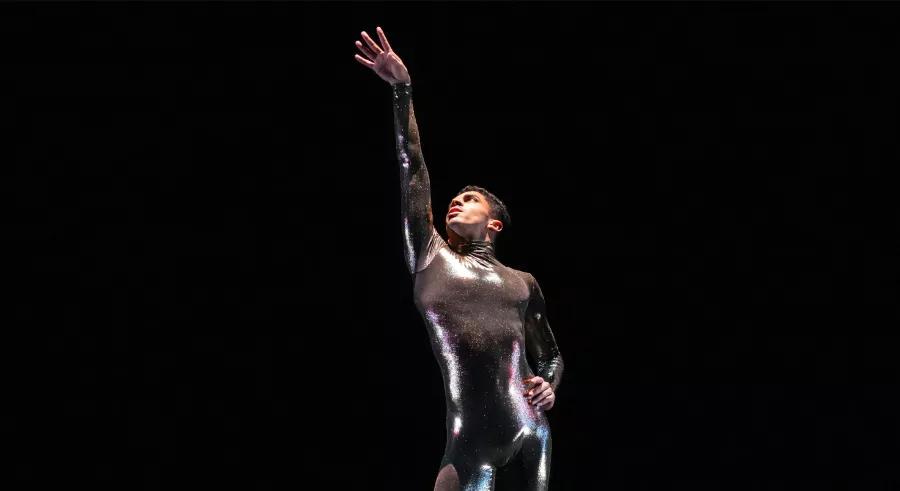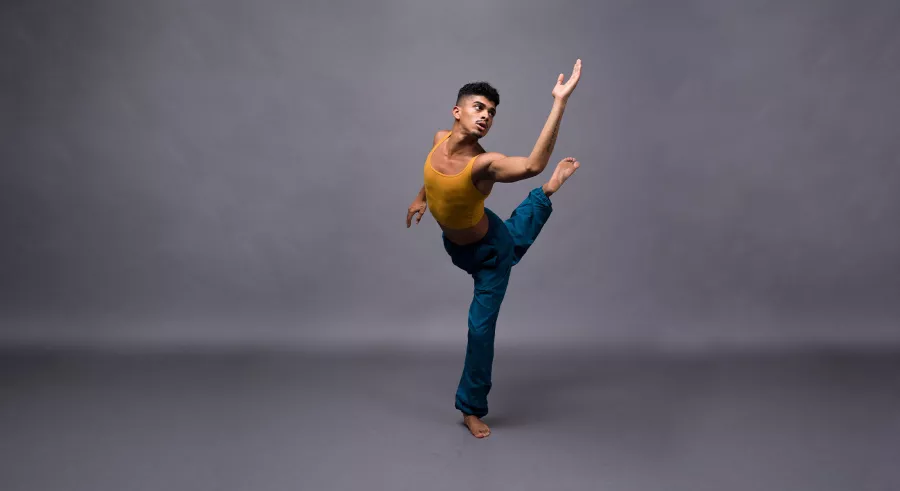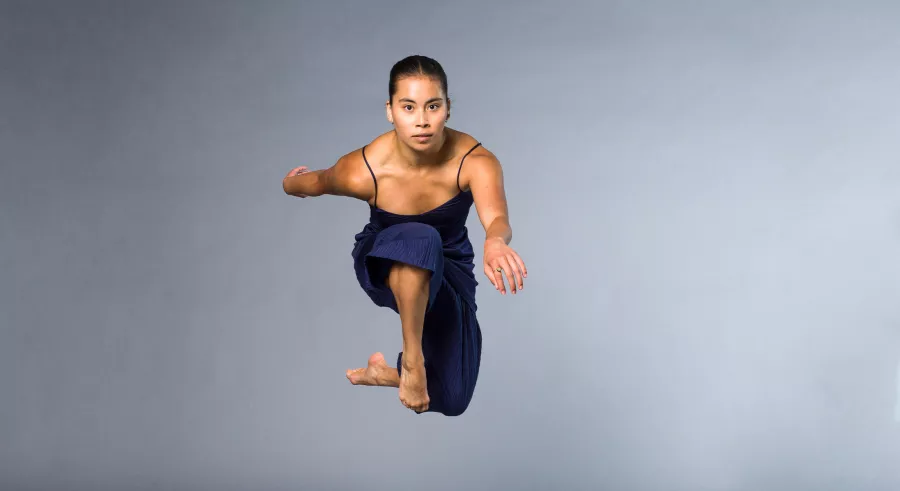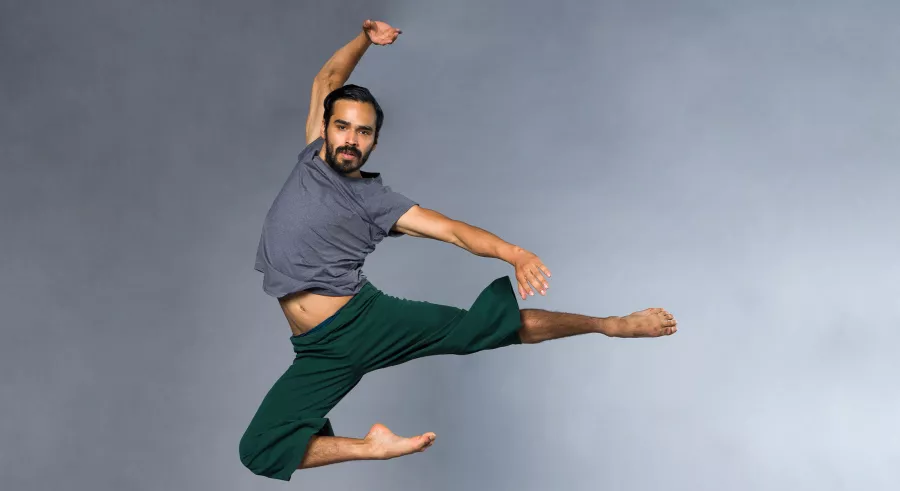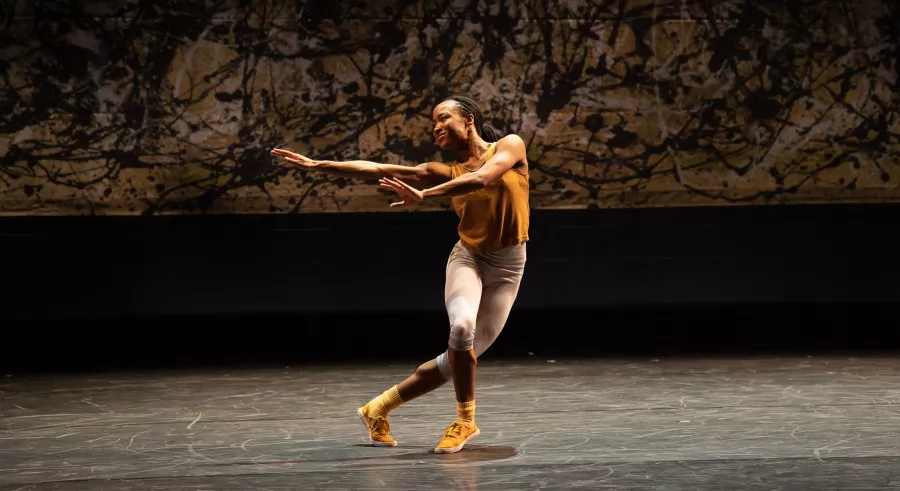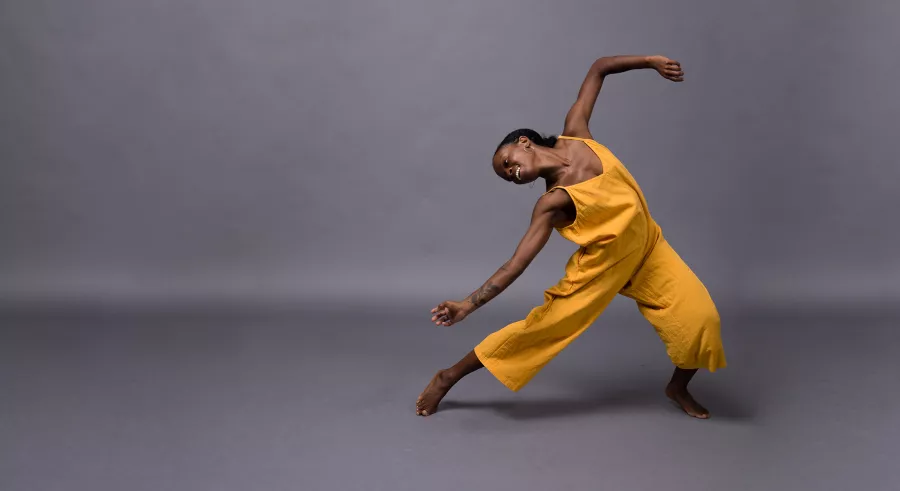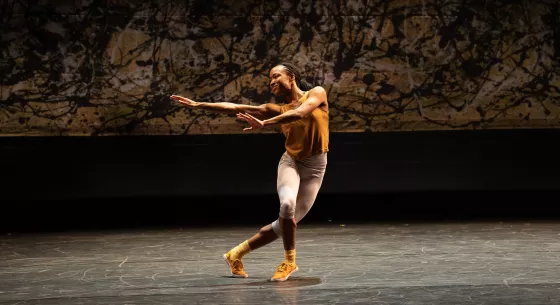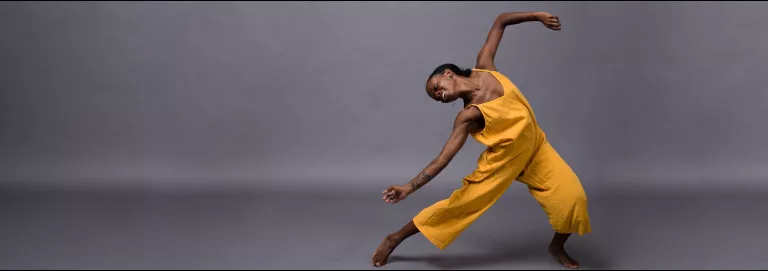
As The New York Times recently noted, “audiences haven’t seen Hubbard Street quite like this.” After 46 years, and under the leadership of newly appointed Artistic Director Linda-Denise Fisher-Harrell, Hubbard Street continues to be one of the most original forces in contemporary dance—reflecting today’s leading choreographic voices. Since 1977, Hubbard Street has brought artists, art, and audiences together in 19 countries and across 44 US states. Their expansive repertory program includes dances by Aszure Barton, Rena Butler, Lar Lubovitch, and Kyle Abraham.
Reviews and More
Related Links
Hubbard Street Dance Chicago company website
Aszure Barton website
Rena Butler website
Lar Lubovitch website
A.I.M. by Kyle Abraham website
Learn More - Explore These Themes
The content below derives from the Northrop Across Campus Program that supports Northrop's mission towards intersections between performing arts and education for the benefit of all participants now and for generations to come.
Find ways to make thematic connections to these suggested topics:
- Dance: Ballet, Contemporary/Modern
- Dance History
- Music: Composition, Jazz
- Education
- Youth Development & Research
Take a deeper dive with these resources that provide additional information about the performers, the history of the artform, and the artistic process.
Links:
- Hubbard Street Dance Chicago–Company website
- Rena Butler—Artist website
- Aszure Barton—Artist website
- A.I.M by Kyle Abraham—Artist website
- Repertory Dance Theatre - Lar Lubovitch
- Hubbard Street Dance Chicago - Parkinson's Project
- Chicago Tribune - Review: Hubbard Street Dance's “Refraction” a strong new startFind in U of M Library
- The New York Times - Hubbard Street Dance, Making a Place for ‘the Other Folks’Find in U of M Library
- Hubbard Street Dance Chicago Youtube - BUSK by Aszure Barton
- Hubbard Street Dance Chicago YouTube – Hubbard Street Names Aszure Barton Next Resident Artist
- Dance Magazine - Hubbard Street Dance Chicago Is Returning to Stability—And Its Roots
Start a conversation about the performance, or encourage reflection, using these questions as inspiration
In January, Northrop will present one of the country’s foremost repertory companies, Hubbard Street Dance Chicago. For 45 years, Hubbard Street has been a force in contemporary dance, bringing top choreographers and works to Chicago and beyond. Hubbard Street Dance Chicago’s mission is to “bring artists, art, and audiences together to enrich, engage, educate, and change lives through the experience of dance.”
- How do you imagine an art form like dance can be a catalyst for positive change?
- Northrop and Hubbard Street value the intersection between the arts and education. Has dance or the performing arts enriched your learning experiences?
- Do you think engaging with the arts while in school will benefit your future? In what ways?
In 2021, Linda-Denise Fisher-Harrell became the artistic director of Hubbard Street Dance Chicago and the first woman and person of color to lead the company since its founding in 1977. Her career as a professional dance artist and educator began at Hubbard Street at the age of 19, and as artistic director, she is passionate about creating opportunities for artists of color. In an interview with The New York Times, Fisher-Harrell said, “There weren’t a lot of people of color coming to see Hubbard Street. And having a more diverse swath of people onstage and behind the scenes will bring more audiences to us.”
- How do you imagine Fisher-Harrell's career onstage with Hubbard Street prepared her to lead the company?
- Why is it important that diverse voices are represented not only onstage, but also in arts administration positions, and backstage roles?
- What role does a company's leader play in creating a sense of belonging for audiences?
Hubbard Street Dance Chicago’s initiative called the “Parkinson’s Project” offers dance classes to the elderly who have been diagnosed with Parkinson's disease. The program uses contemporary dance techniques to slow the progress of the disease and provide a community of support for the students.
- In what ways does dance improve physical and mental health?
- What other illnesses do you imagine dance might be able to heal or improve?
- How do you imagine artists could collaborate with people in other fields to support their research?
As Hubbard Street's Resident Artist, Aszure Barton will have dedicated time to create and choreograph on the Hubbard Street Dancers, bringing back dances she made earlier and collaborating on entirely new pieces over the next three years. Both Hubbard Street and Barton are committed to exploring a new kind of relationship; not one artist working under parameters set by an institution, but rather an open, flexible, and generative space with room for experimentation and humanity.
- What are the benefits of a company committing to one artist over an extended period of time?
- How can a long-term relationship between an artist and a dance company create more opportunities for both the artist and the company?
- How do you imagine revisiting a work created earlier in their career develops an artist’s voice?
Sponsored by PNC Bank
Acknowledgments
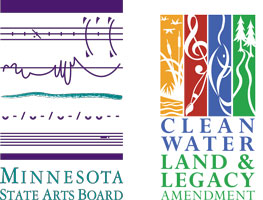
This activity is made possible by the voters of Minnesota through a Minnesota State Arts Board Operating Support grant, thanks to a legislative appropriation from the Arts and Cultural Heritage Fund.
